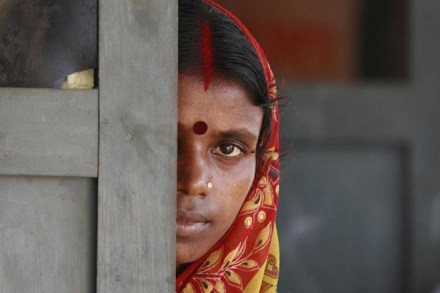Priyanka Dale
Delivering the Union budget of 2017-18, the FM announced steps to increase digital payments across the country. Schemes like Aadhaar Pay, more PoS machines, Bharat Net, he affirmed, would go a long way to augment the drive towards digital transformation. Being cognisant that mere announcements cannot digitise India, the government announced investments in promotional and development activities. RBI has created a Financial Inclusion Fund (FIF) with a corpus of Rs 2,000 crore to support developmental and promotional activities for expanding the reach of banking services towards securing greater financial inclusion. Special financial literacy campaigns have been designed for the ‘new’ adults (those who have recently turned 18); financial literacy training is being imparted through mass media and by financial education programmes in school curriculum. As on June 2015, over 1,226 financial literacy centres (FLCs) have been set up by lead banks.
However, the absence of rural women unable to reap the benefits of digital finance will impact the pace of change. Insignificant presence of women in financial inclusion services mirrors the overall exclusion of women in all walks of life. It is important to bring this absent, critical mass into the digital fold. There are three ways to do this.
Accountability of a nodal agency: While lead banks have been mandated to promote financial literacy programmes in districts, it would help to make them accountable to ensure opening of a targeted number of bank accounts and provide access to other financial services, like insurance, for rural women. Lead banks should leverage FLCs to organise digital financial campaigns every month where bankers, nodal officers of FLCs should disseminate information on the various kinds of digital financial services available. Awareness about accessing bank accounts, credit rating, debit and savings accounts, loan applications, insurance and recurring deposits, IMPS, UPI, Bank PoS machines, etc, should be disseminated in the simplest way possible to facilitate easy access by rural women.
Similar campaigns, including on-the-spot account opening, should be organised by FLCs at block and village levels with the support of common service centres (CSCs), who could also take on the role of ‘digital financial education hubs’ to address practical issues in accessing financial services. Financial literacy and credit counselling centres should be set up in all districts by regional rural banks with extension service counters at the block level. It is advisable, as much as possible, to have women counsellors at the centres for rural women to easily approach them.
Addressing digital divide among rural women: To increase the uptake of digital financial services among rural women, we have to address three issues. The first is their lack of enabling training and capacity building to use digital technology; the second is conservative mindsets and existing social and cultural norms in households and communities; and the third, of course, is the lack of infrastructure to impart such facilities. While the second requires a change in the mindset and we will come to it later, the other two could be addressed by effective design and organisation of mass awareness camps on digital literacy at block and village levels. Providing practical training on accessing comprehensive financial services like opening bank accounts, accessing mobile banking and digital money, availing micro credit, insurance and pension, etc, through initiatives such as digital literacy camps can help women inclusion in Digital India.
Face-to-face training interventions could also be supplemented by providing training videos in local language/dialect for easy connect and better understanding. Similarly, access to mobiles, internet services and use of digital transaction points needs to be facilitated among women. The government should influence or incentivise service providers to adapt their products and prices in favour of women users.
Engendering digital financial literacy programmes: This is one area that has largely been ignored both by the government and private players. Accessing digital technology brings about changes (both manifest and latent) in household dynamics, especially in areas of women mobility, decision-making abilities, patterns of spending, recreation, leisure, etc. These changes become more glaring in rural areas. Starting from impacting gender relations at the household level, they affect the entire community.
Many a times, women face severe backlash due to the consequences of digital advances. It is crucial to address this issue and prepare households and communities for women inclusion and participation in this space. Standard training programmes involving a mix of technical knowledge, skills and gender issues should be prepared and imparted to rural communities by active players like the MFIs, NGOs (working on women empowerment) and FLCs. Schools and other educational institutes like the ITIs, government colleges could also be pursued to run these standard financial literacy programmes for rural communities, including women, during summer breaks.
Clearly, financial inclusion holds tremendous opportunities of economic and social growth for all alike and there is no reason why any section should be excluded from this growth story.
Sharan is a gender and livelihoods specialist, Dale is a development management professional, Hand in Hand India. Views are personal.
